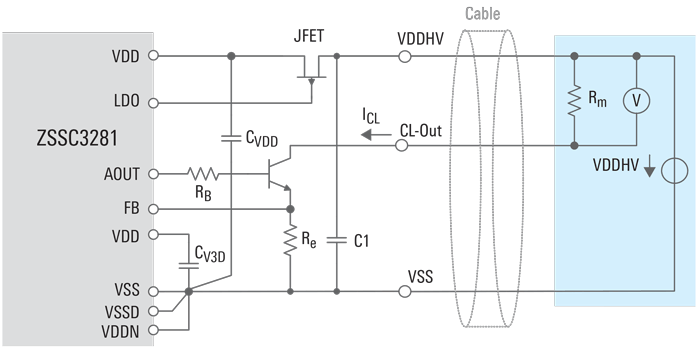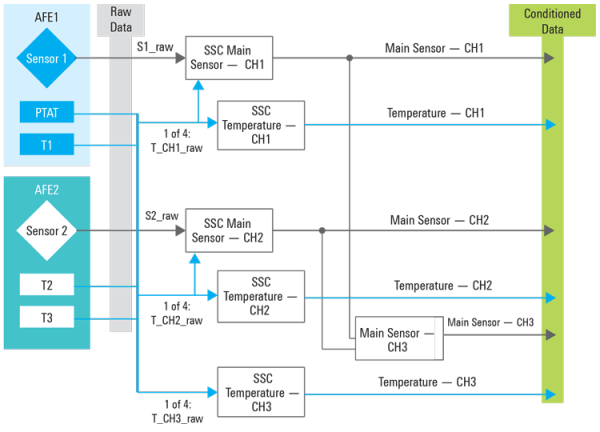The deployment of the Industrial Internet of Things (IIoT) demands smart sensors for temperature, pressure, flow, level sensing, and weight measurements.
Smart sensors collect information from a physical environment and rely on built-in microprocessors to help them perform various functions, like digital processing, code conversion of analog-to-digital, interfacing functions, and calculations.
Smart sensors enable the backbone of the new industrial automation revolution since they provide real-time data to the systems and the analytics that in turn enable informed decisions concerning maintenance (failure prediction), efficiency increase and productivity.
Renesas has developed a fully innovative architecture for the next generation of sensor signal conditioners to support the design and performance features of these smart sensors and is now introducing the first member of the family, the ZSSC3281 to the market.
Let’s take a closer look at the architecture of the ZSSC3281 to understand why it makes a quantum leap beyond sensor signal conditioners on the market today.
The ZSSC3281 is built around a standard microprocessor core Arm®-M3 running at 16MHz (scalable to address low power consumption applications) supported by a memory flash bank (64kByte), see Figure 1.
Figure 1
The interface to the analog world is comprised of two fully independent analog front ends (AFE) including an input switch matrix, PGA with analog offset correction, and ADC conversion with up to 24 bits of resolution.
Each AFE is highly flexible, allowing the selection of up to four different temperature sources (including onboard PTAT) to be used for calibration of the two main sensor channels, and processing up to three independent temperature channels.
In addition, a third, user-configurable, logical channel can be enabled to perform processing (subtraction and ratio) of the two calibrated main sensor channels. Refer to Figure 2.
Figure 2
The two AFEs can be connected to a single input sensor (bridge) when the application requires a fast transient response and high-resolution measurements, thus implementing signal acquisition that is adaptive to the input signal behavior.
Leveraging the processing capability of the Arm-M3 core allows the two main sensor channels and the three temperature channels to be filtered independently as illustrated in Figure 3.
Figure 3
The two main sensor signals can also be preprocessed prior to presentation at the output by utilizing the fully configurable clipping and scaling processing blocks.
Transmission of the output signals to the host system is also flexible just like the input front end of the ZSSC3281:
- The digitally processed signals can be routed to the host system through one of the three digital buses available: I2C/I3C, SPI or OWI.
- The two sensor channels can also be associated to two dedicated pins providing frequency modulated or PWM output formats.
- The analog output can be mapped to one of the sensor signals (two main sensor channels and three temperature channels). The Aout pin is configurable to provide a wide range of options, including ratiometric to absolute voltage (0 to 1 Volt or 0 to 5 Volts), and, with additional external circuitry, 0 to 10 Volts, and 2 or 3 wires current loops (Figure 4).

Figure 4
What are you waiting for? Start your own era of smart sensors today with the Renesas ZSSC3281!



